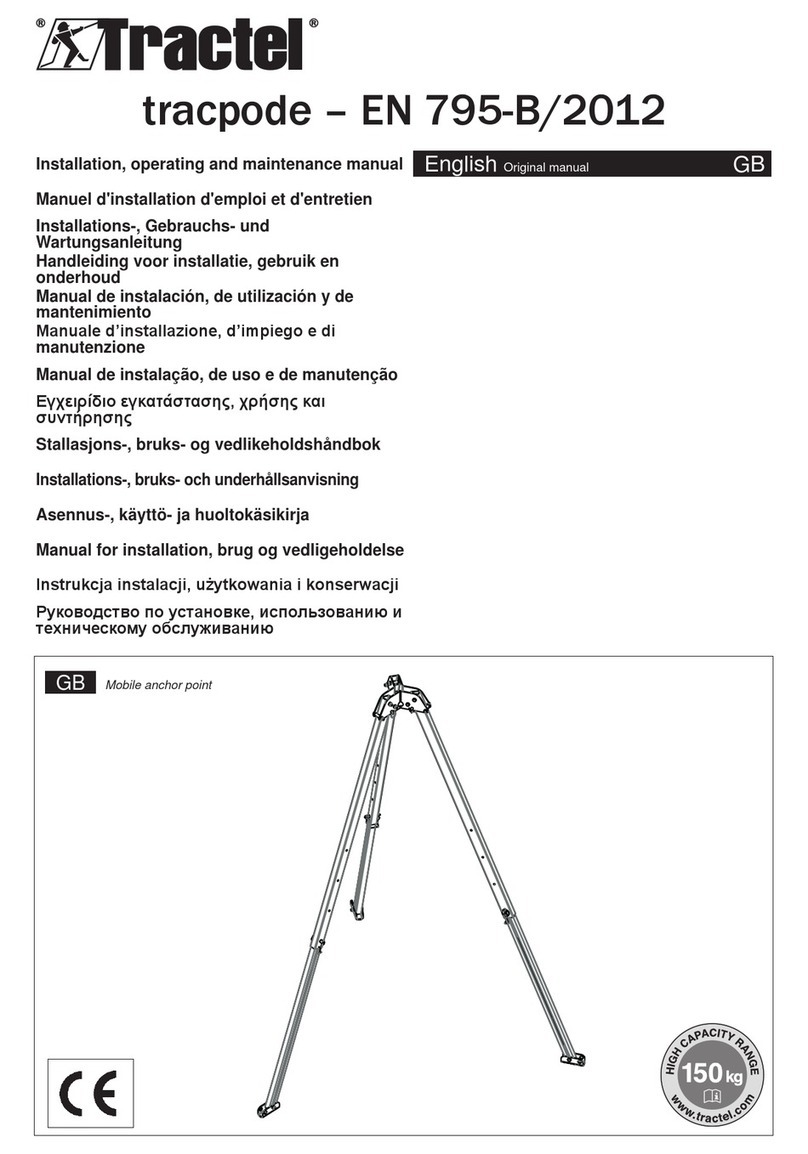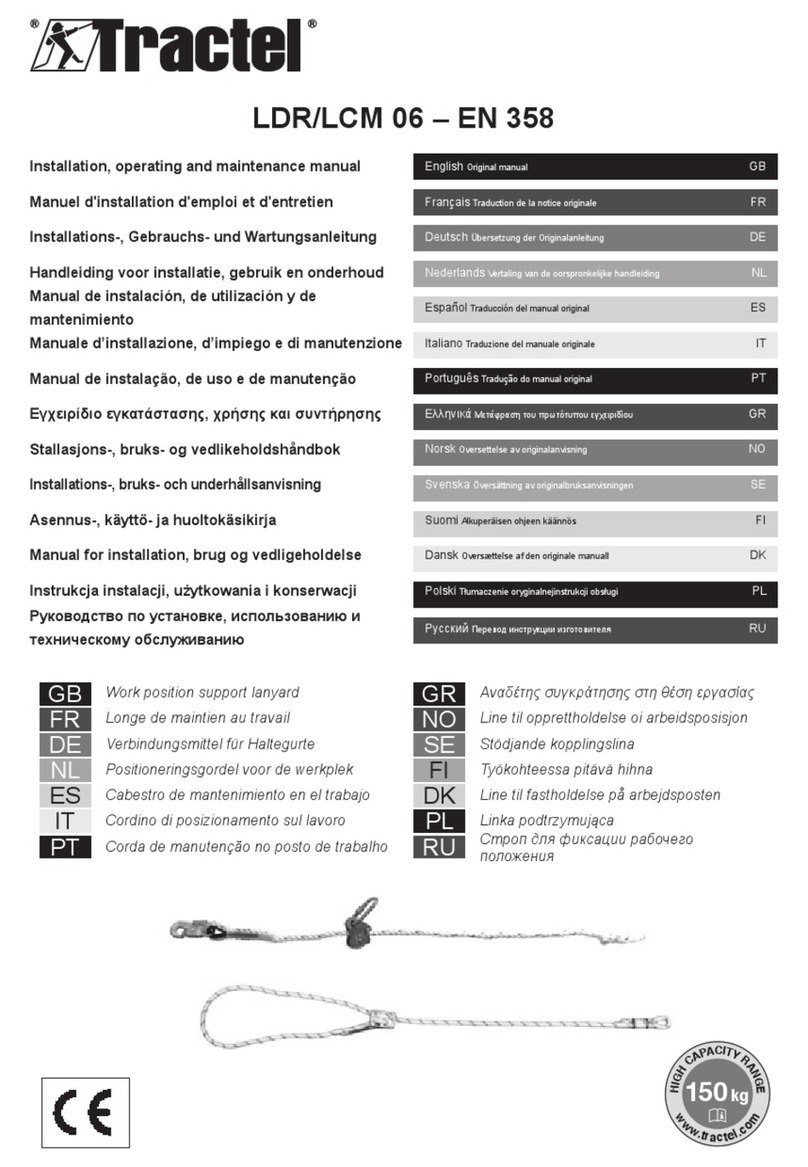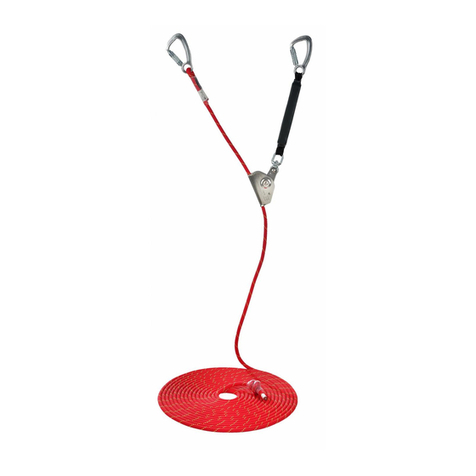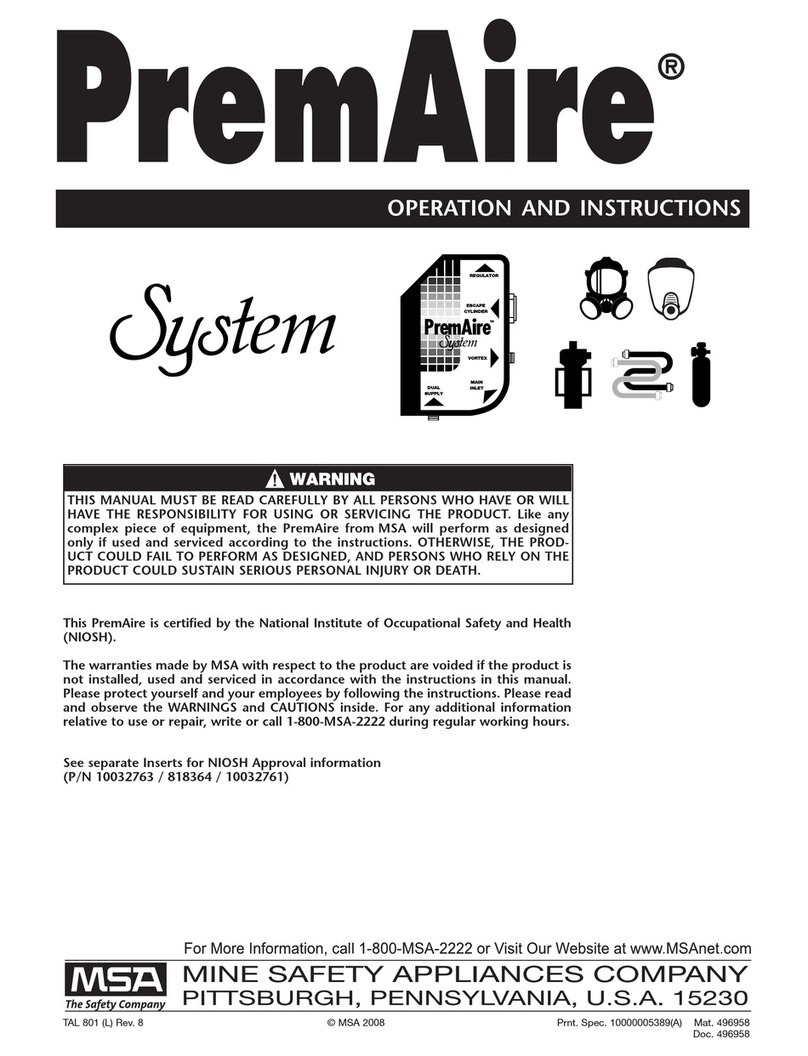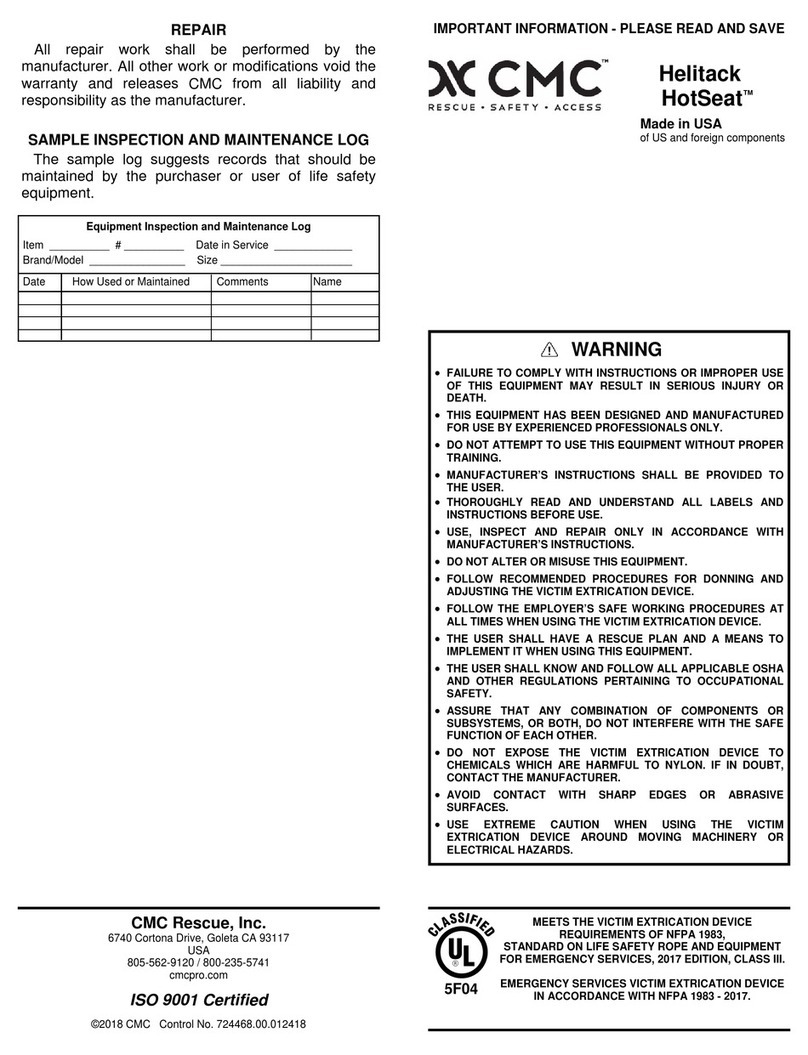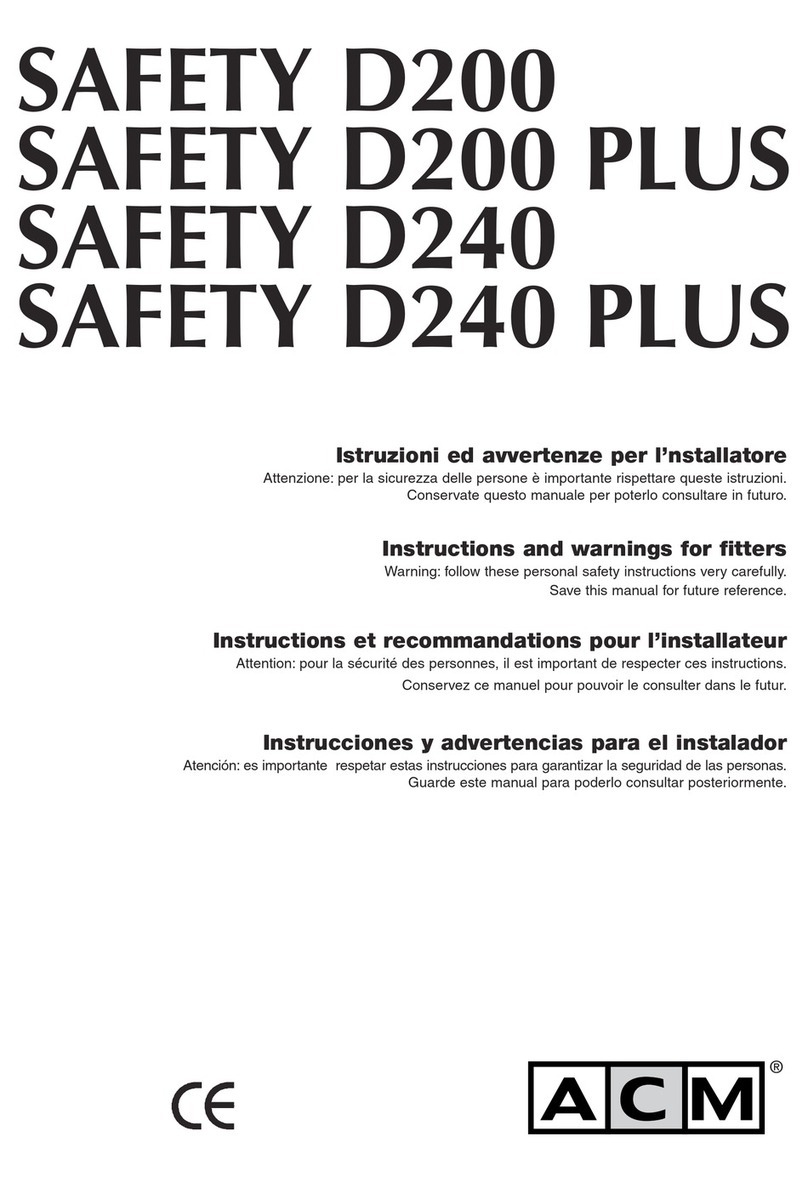Tractel HF 32/1/B Operating instructions
Other Tractel Safety Equipment manuals
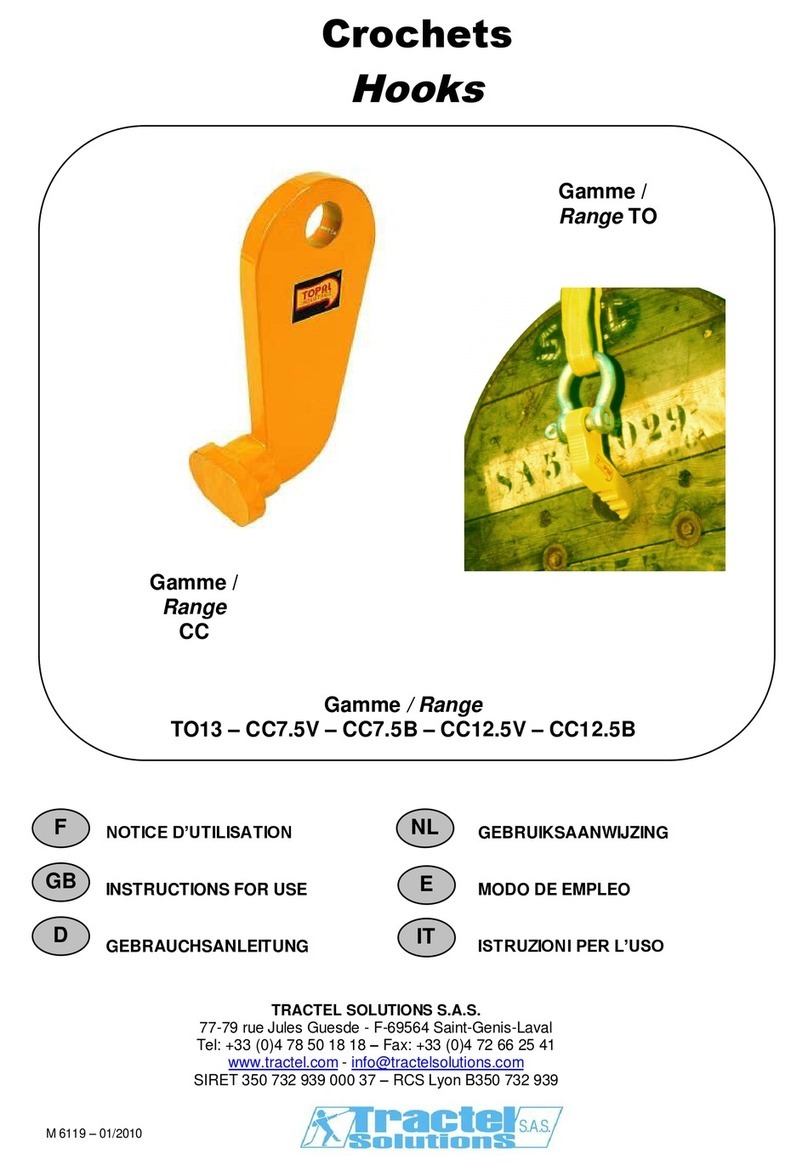
Tractel
Tractel TO13 User manual

Tractel
Tractel ringsafe Manual

Tractel
Tractel blocmat TSD Installation guide
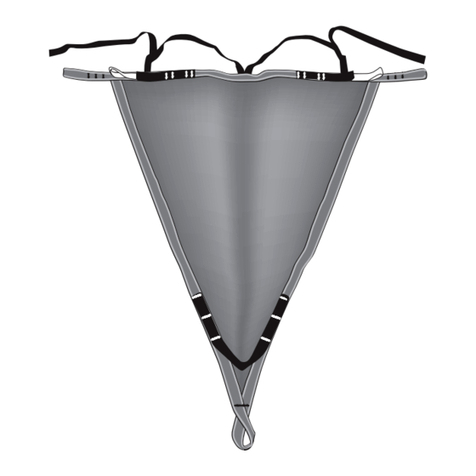
Tractel
Tractel HT9 Installation guide

Tractel
Tractel travsmart Installation guide
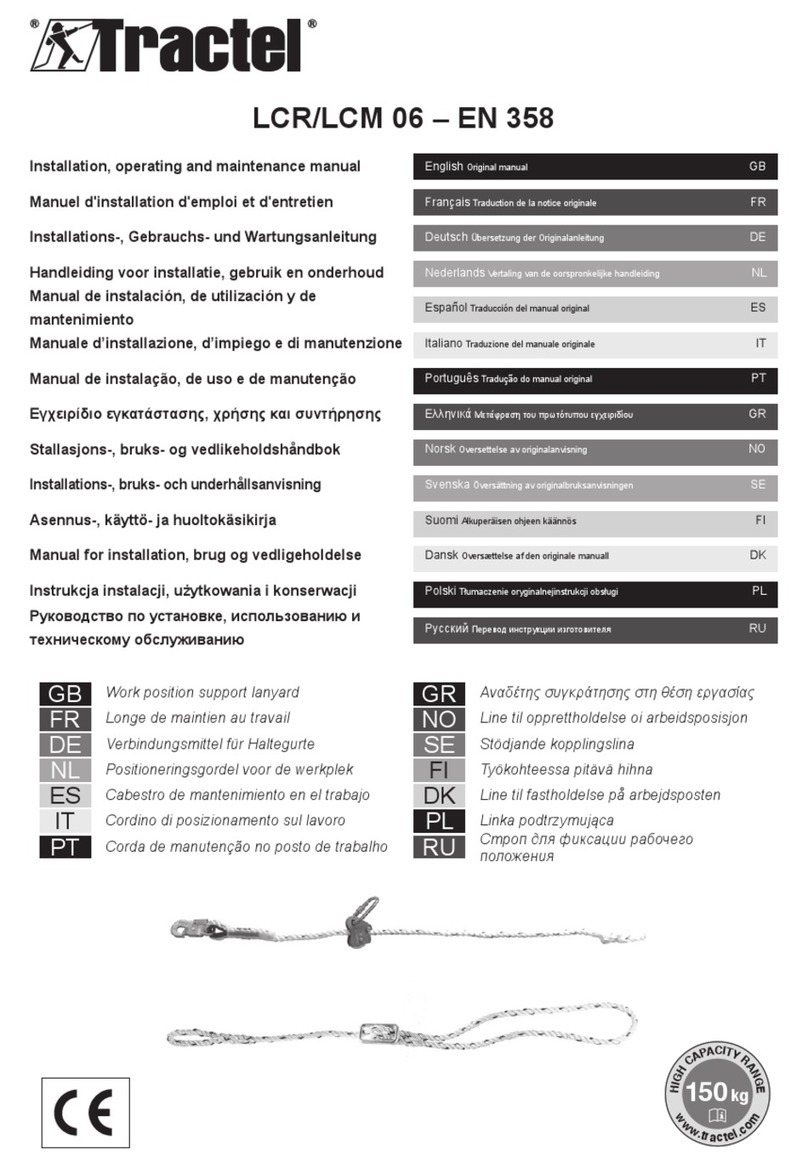
Tractel
Tractel LCR 06 Installation guide

Tractel
Tractel rollclamp User manual

Tractel
Tractel Blocstop BS Installation guide

Tractel
Tractel blocfor ESD Series Manual
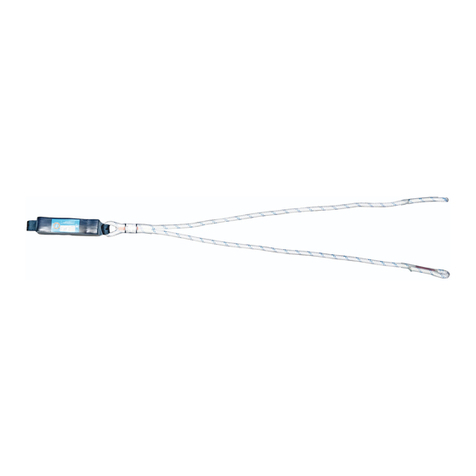
Tractel
Tractel LSA Series Operation instructions
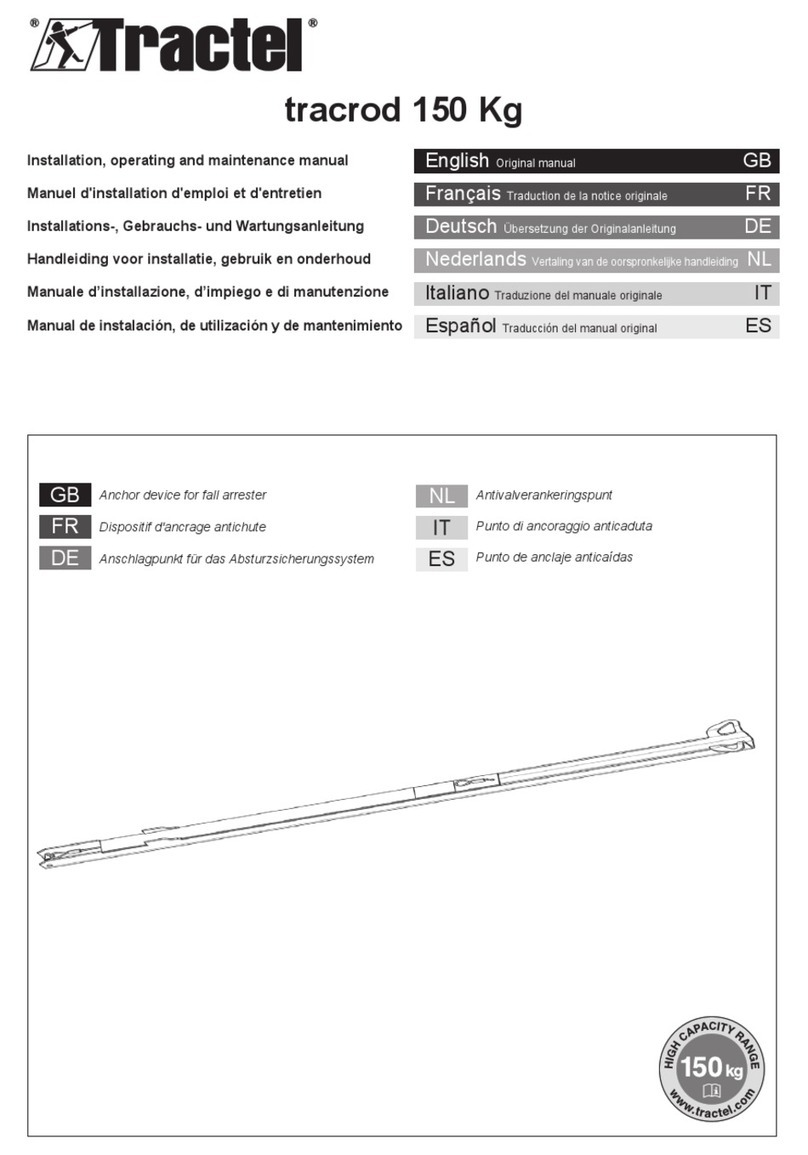
Tractel
Tractel tracrod 150 Kg Installation guide
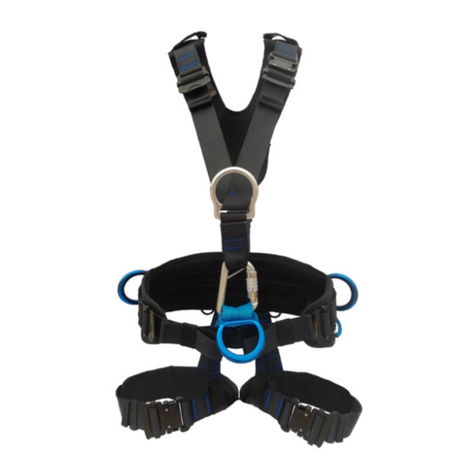
Tractel
Tractel HT Installation guide
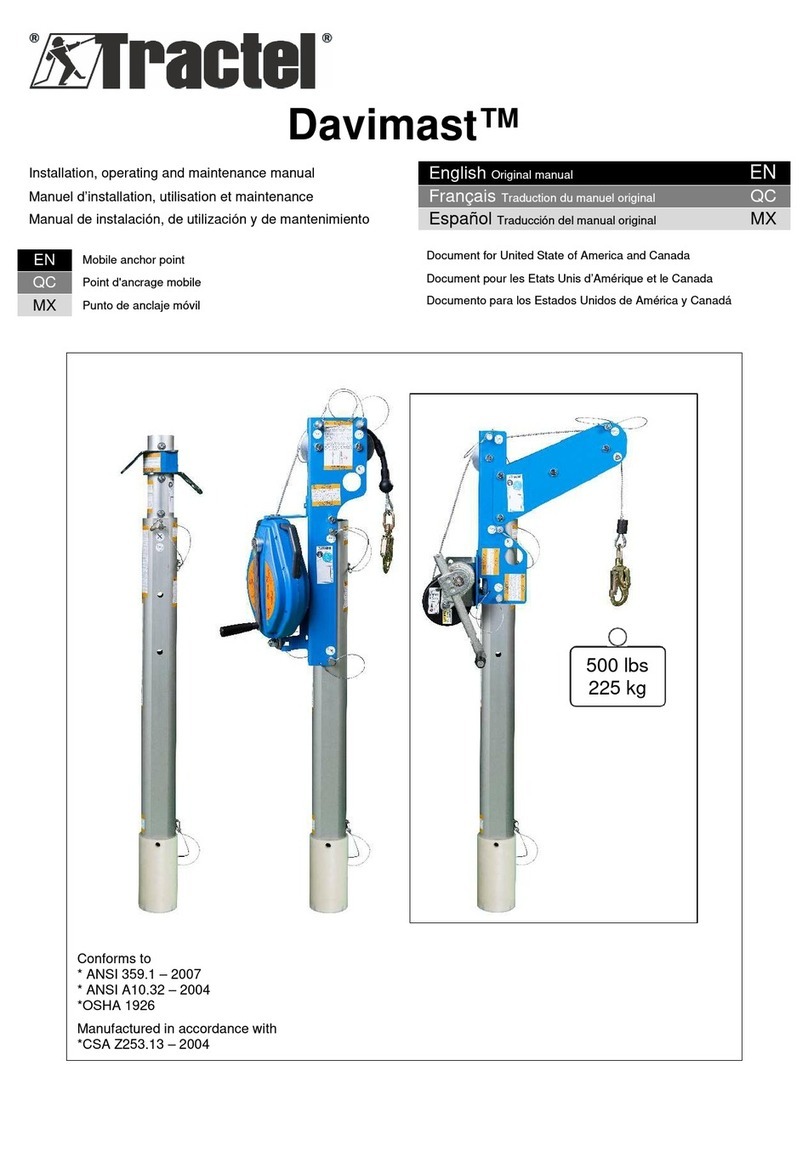
Tractel
Tractel Davimast Installation guide
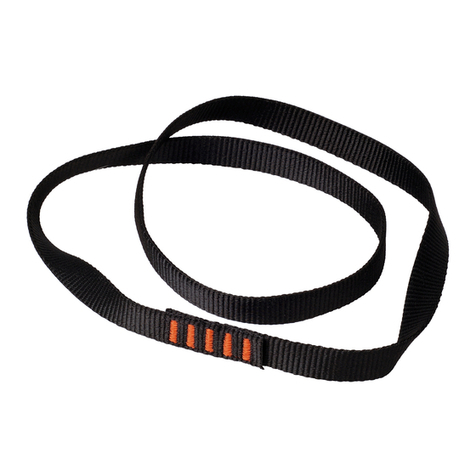
Tractel
Tractel AS19 S Installation guide
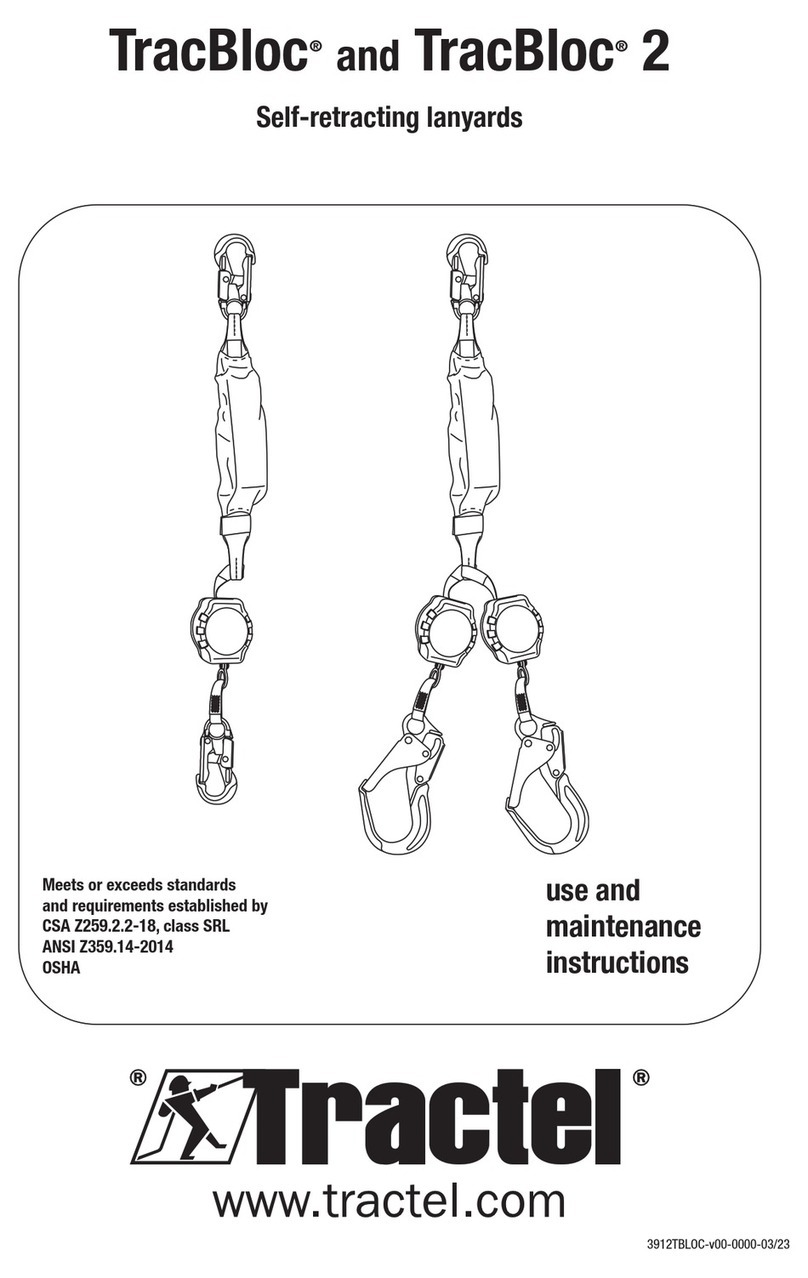
Tractel
Tractel TracBloc Operation instructions

Tractel
Tractel blocfor AES Series Manual
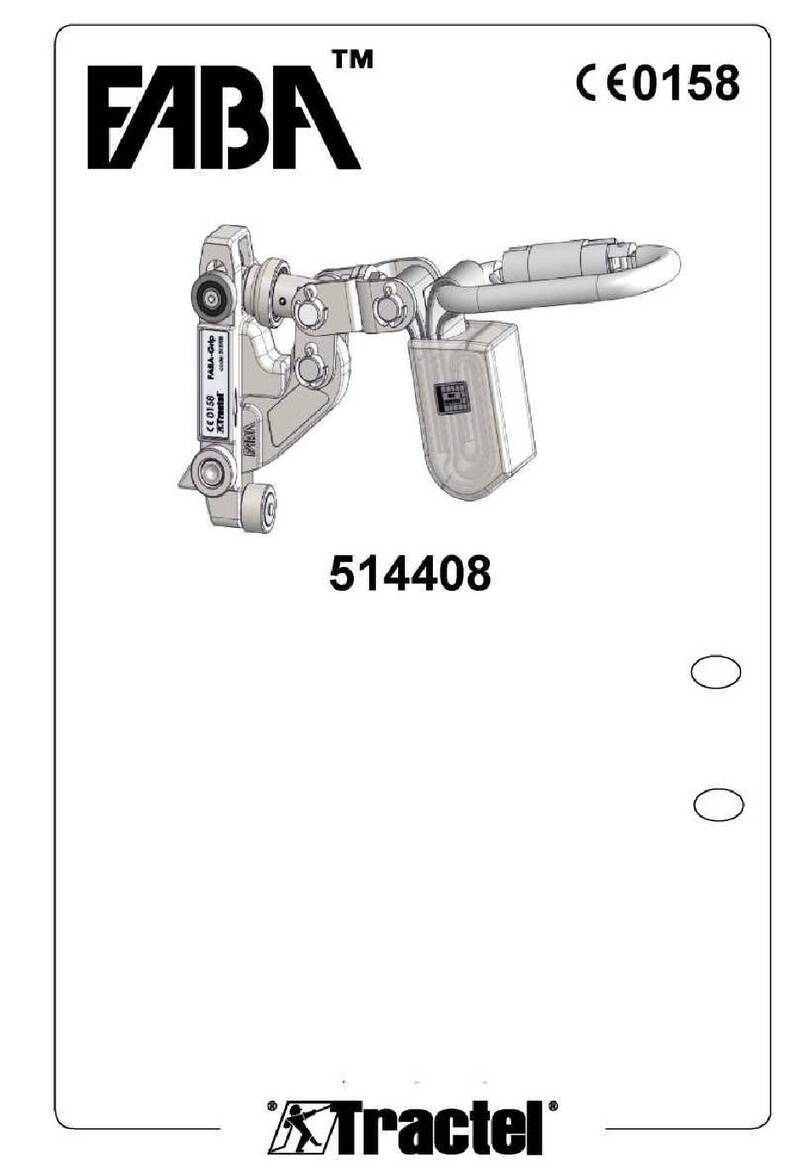
Tractel
Tractel FABA 514408 Manual

Tractel
Tractel travsafe PA Installation guide
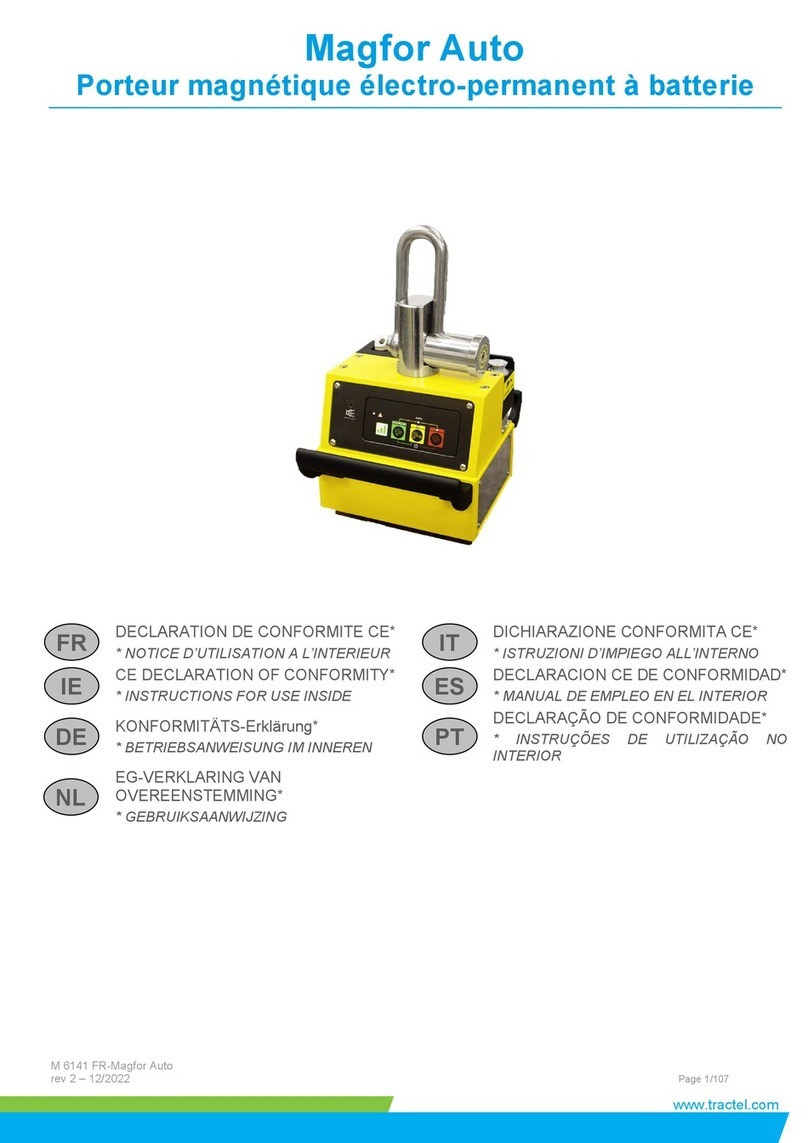
Tractel
Tractel Magfor Auto 200 User manual

Tractel
Tractel tracrod base User manual
Popular Safety Equipment manuals by other brands

Lanex
Lanex PB-20 instruction manual

SKYLOTEC
SKYLOTEC ANCHOR ROPES Instructions for use

Besto
Besto Buoyancy Aid 50N Instructions for use

TEUFELBERGER
TEUFELBERGER NODUS Manufacturer's information and instructions for use

Troy Lee Designs
Troy Lee Designs Tbone Product owners manual
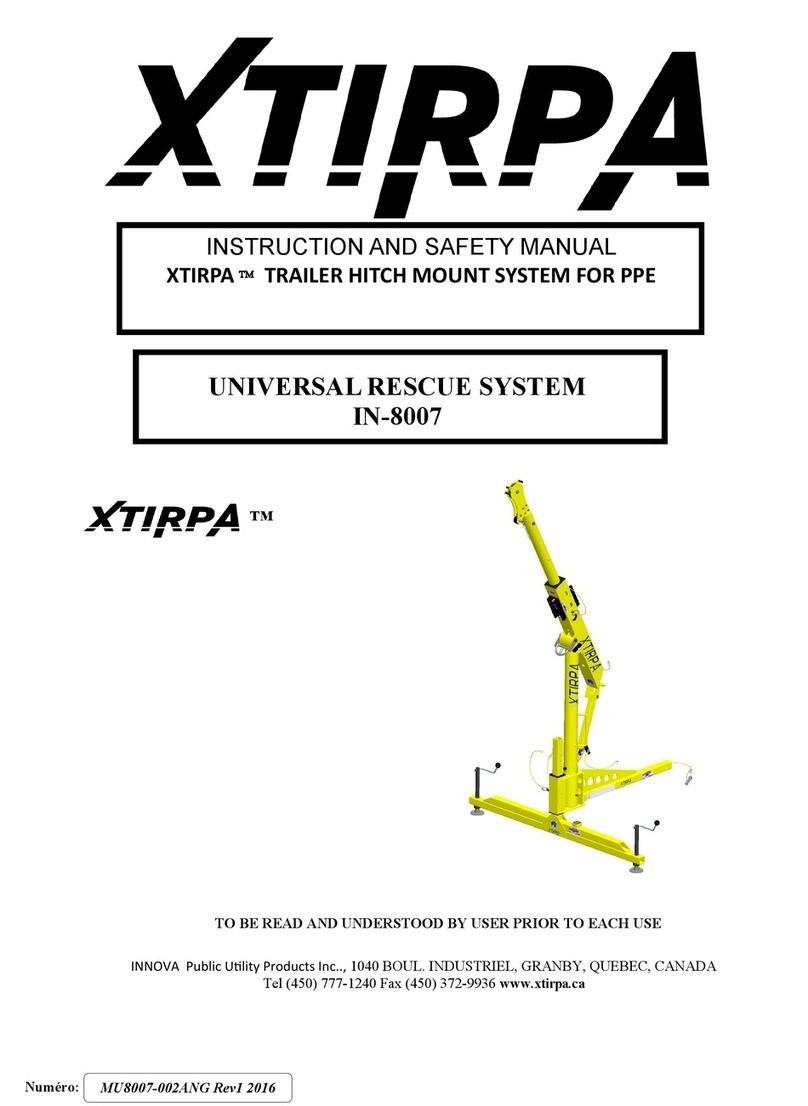
Innova
Innova Xtirpa Instruction and safety manual

bolle SAFETY
bolle SAFETY B810 quick start guide
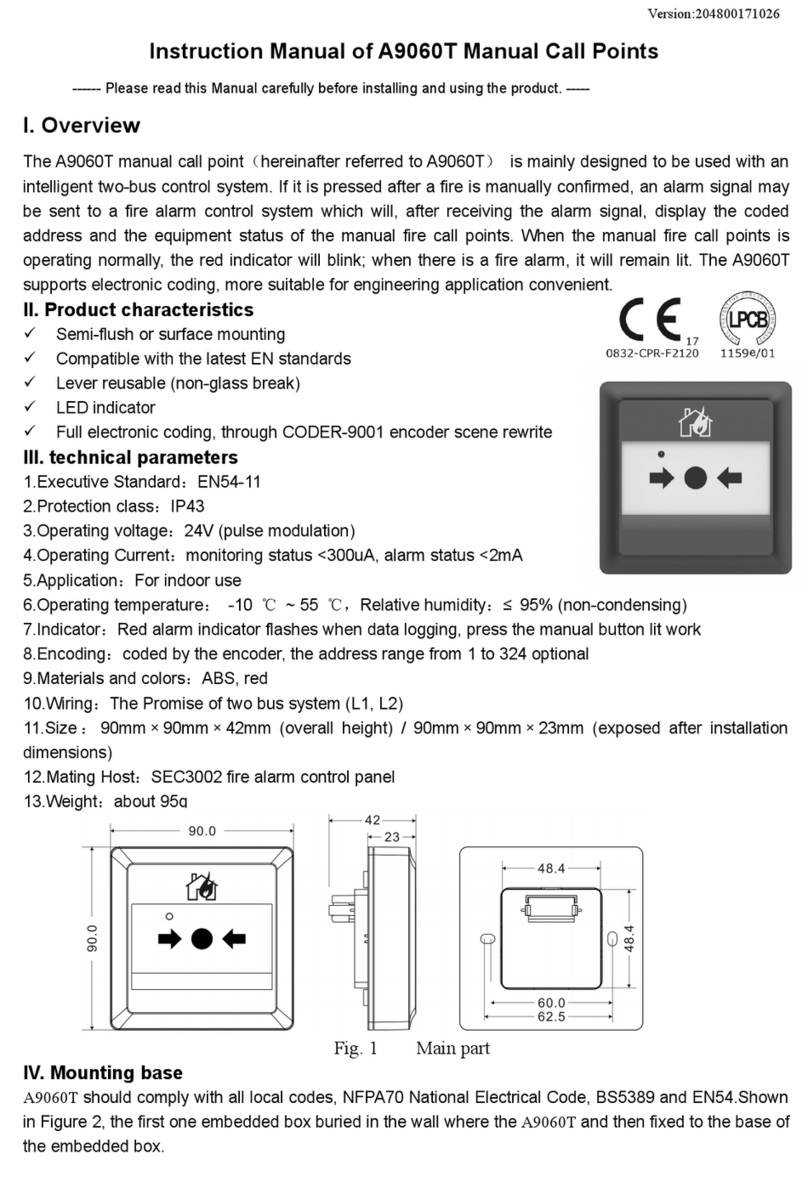
SHENZHEN FANHAI SANJIANG ELECTRONICS
SHENZHEN FANHAI SANJIANG ELECTRONICS A9060T instruction manual
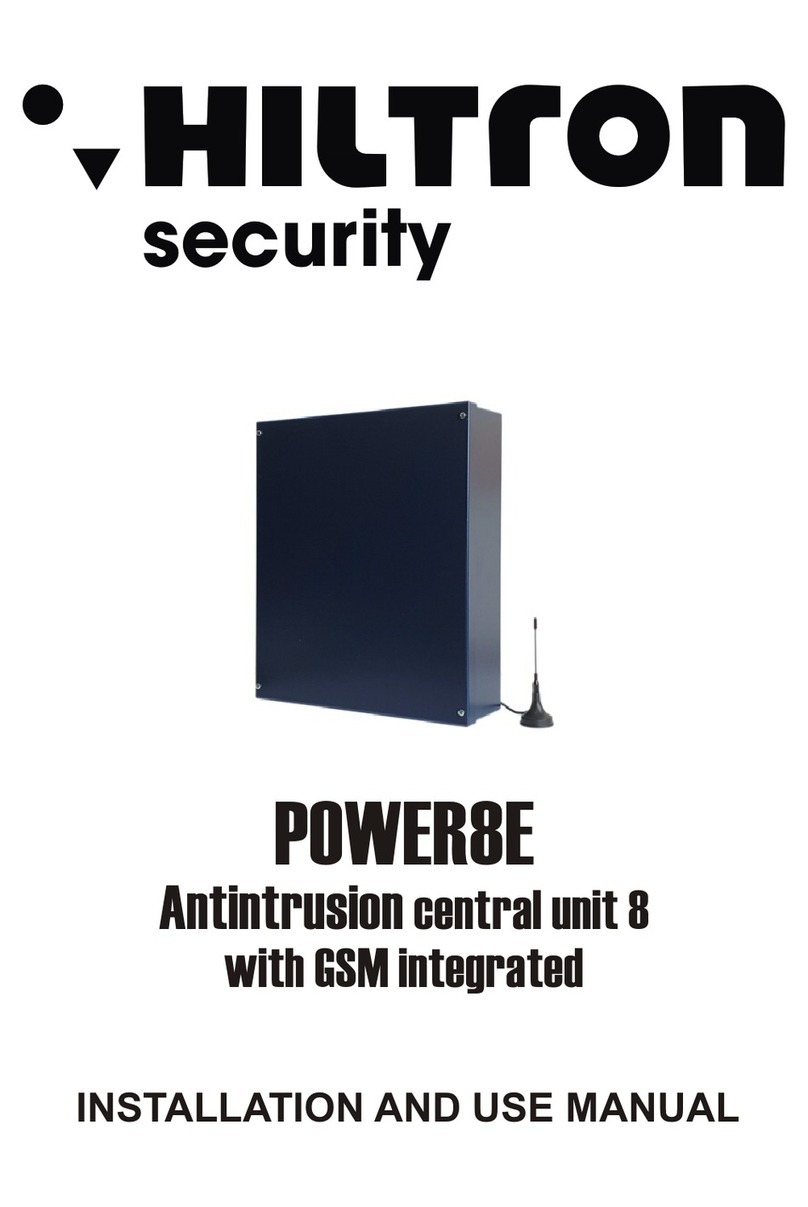
Hiltron security
Hiltron security POWER8E Installation and use manual

Salewa
Salewa MTN SPIKE user manual
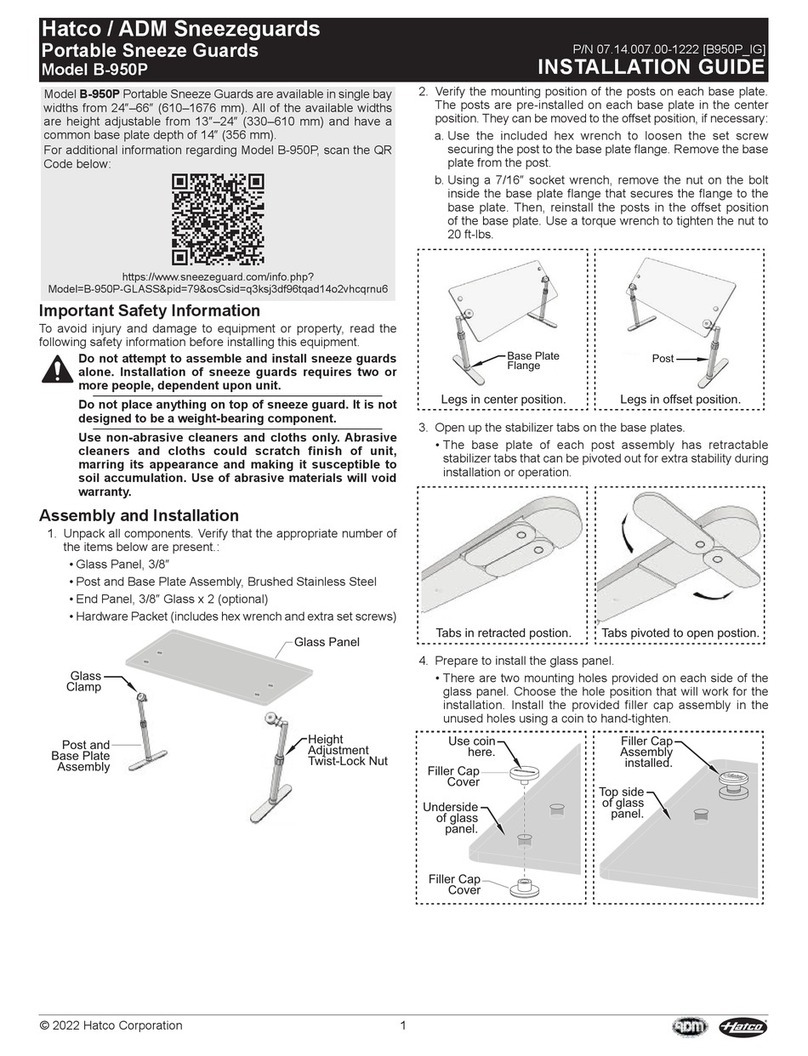
Hatco
Hatco B-950P installation guide
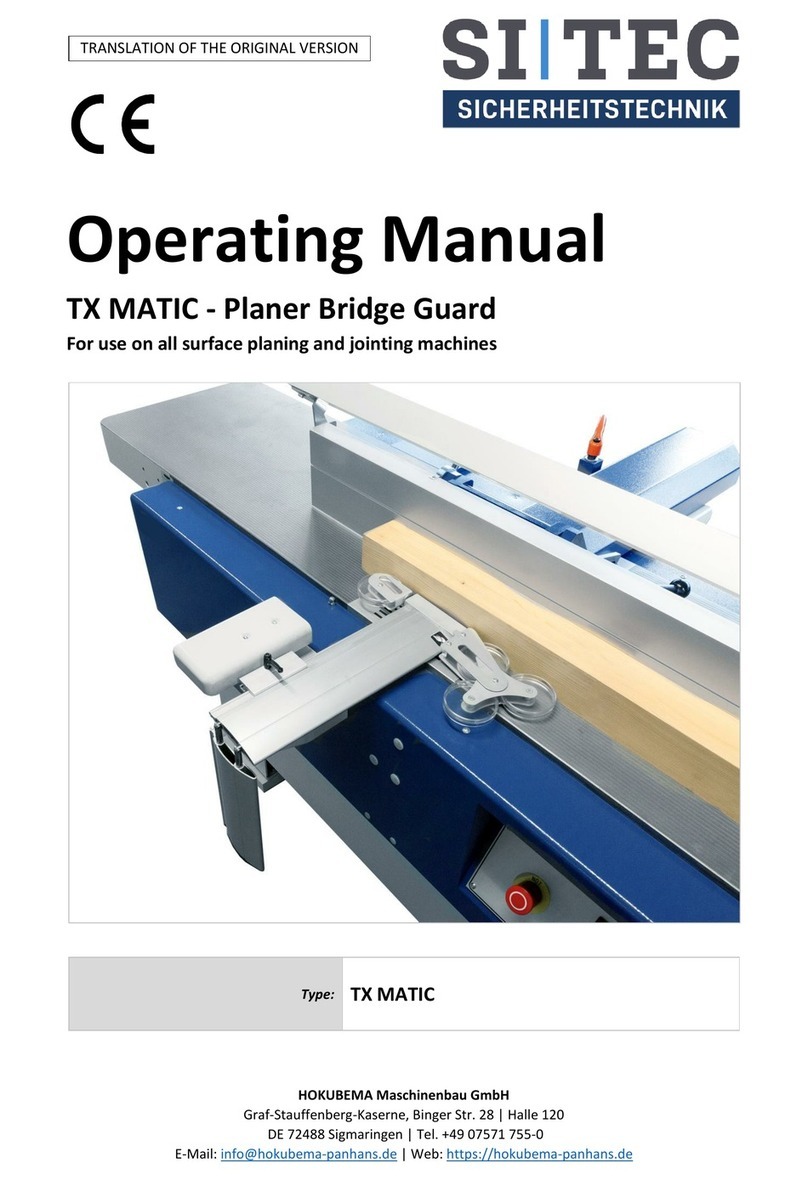
Sitec
Sitec TX MATIC operating manual

